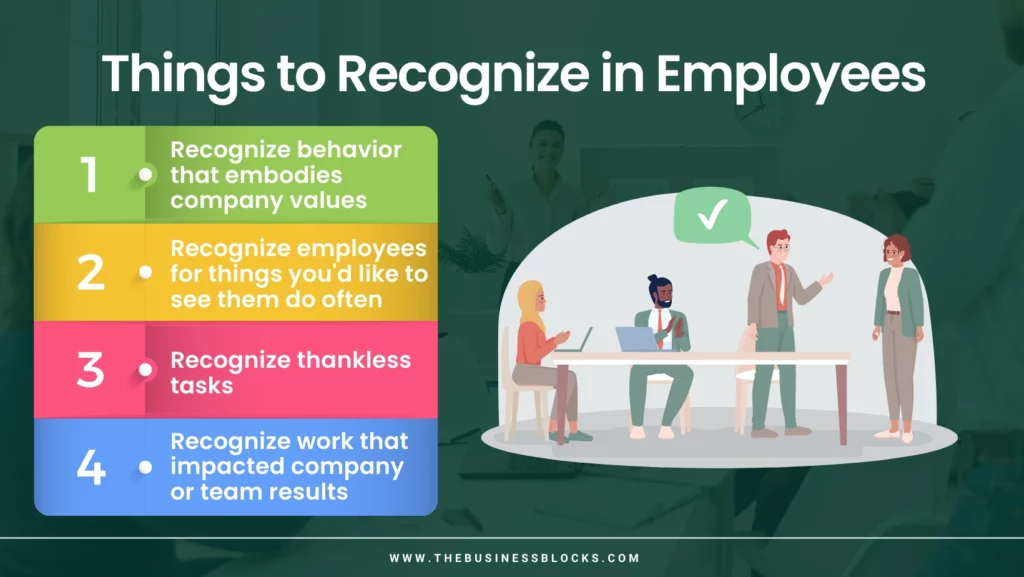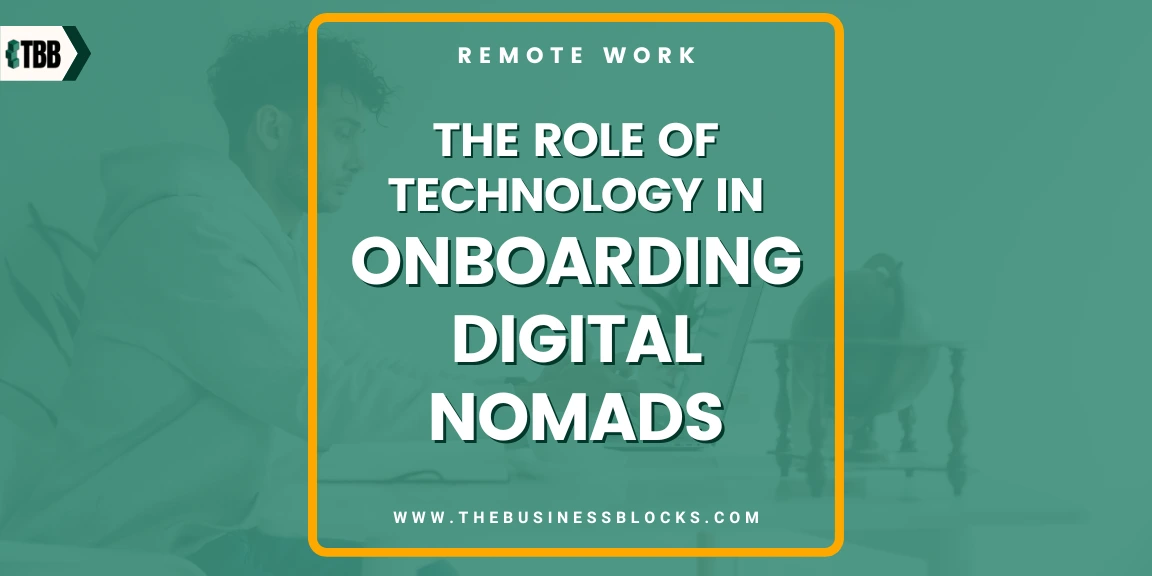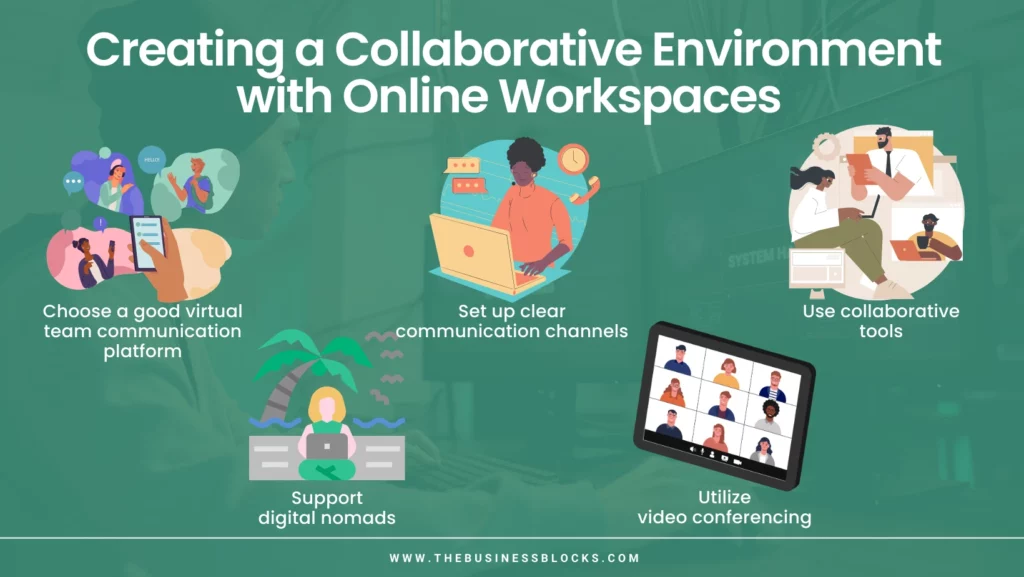In a highly competitive job market where attracting the best talent is crucial for small and medium-sized enterprises (SMEs), innovative solutions are sought to optimize recruitment processes. One such solution gaining prominence is the implementation of video interviewing software.
By leveraging this cutting-edge technology, SMEs transform their candidate evaluation methods and reap many benefits. A recent study revealed that companies can reduce per-hire costs by 20% through video interview tools.
Let’s explore the advantages of integrating video interviewing software into SMEs’ recruitment strategies and highlight how it can revolutionize hiring outcomes.
Are you a small or medium-sized business looking for more efficient, cost-effective hiring methods?
Video interviewing software is the perfect solution. It eliminates the need for lengthy in-person interviews, cuts costs associated with travel expense reimbursement, and offers an easier way to compare prospective candidates. Plus, it saves time by enabling recruiters or hr team to review multiple applications simultaneously.
Implementing video interviewing software can help your business get ahead of the competition while finding quality talent faster. You’ll experience improved organizational efficiency, increased applicant engagement, and significantly shorter hiring cycles overall!
What Video Interviewing Software is and Why it’s Important for Small and Medium-Sized Businesses

Video interviewing software is an advanced tool that enables SMEs to conduct virtual interviews with job candidates. It eliminates the need for physical presence by providing a platform for remote interactions. The software offers a user-friendly interface, allowing employers to create customized interview templates, set questions, and define time limits. Candidates can easily access the platform using their devices.
Key features of video interviewing software include video recording, live streaming, chat functionality, and automated scheduling. Some advanced software incorporates AI capabilities, analyzing candidate responses and facial expressions for valuable insights.
Video interviewing software streamlines the recruitment process, eliminating logistical challenges and enhancing efficiency. It provides a structured and organized interview experience.
Five Benefits of Using and Implementing Video Interviewing Software

Video interviewing software offers significant advantages for small and medium-sized enterprises (SMEs). Beyond enhancing the recruitment process, it brings forth various benefits that contribute to overall operational efficiency and employee satisfaction.
a. Automate Administrative Tasks
Video interviewing software automates administrative tasks such as scheduling interviews, sending reminders, and managing candidate information. This frees up valuable time for HR teams, enabling them to focus on more strategic aspects of the hiring process.
b. Reduce the Risk of Legal Issues
Using HR software for standardized interview questions and evaluation criteria, video interviewing software ensures a fair and consistent interview process. Therefore, it reduces the risk of potential legal issues related to discriminatory practices and ensures compliance with hiring regulations. Regulatory compliance is essential for SMEs to avoid legal penalties and maintain a positive public image.
c. Leverage Data to Make Better Decisions
These tools collect valuable data on candidate performance, responses, and evaluations. Such data can be analyzed and leveraged to make informed decisions, identify trends, and select the most suitable candidates based on objective criteria.
d. Streamline Performance Tracking and Reviews
Beyond the hiring phase, video interviewing software aids in streamlining performance tracking and review processes. Employers can refer to recorded interviews and assessments to provide employees with more accurate and comprehensive performance feedback.
e. Improve Employee Engagement & Retention
Video interviewing software enables a positive and engaging interview experience, leaving candidates with a favorable impression of the company. This contributes to improved employee self-service and engagement and higher retention rates–candidates who have a positive initial experience are more likely to stay and thrive within the organization.
Explore Solutions that Match Different Company Needs
When considering the implementation of video interviewing software, small and medium-sized enterprises (SMEs) must select a solution aligning with their unique requirements and goals. Fortunately, there are various options available in the market that cater to different needs.
Here are a few key considerations to explore when choosing video interviewing software:
Scalability
SMEs should assess whether the software can accommodate their current and future hiring needs. Scalable solutions ensure seamless integration as the company expands and its recruitment volume increases.
Integration Capabilities
Determining whether the video interviewing software can integrate with existing HR systems, like applicant tracking systems (ATS), is essential to streamline data management and ensure a seamless recruitment workflow.
Customization and Branding
Look for software that allows customization of the interview platform with the company’s branding elements, ensuring a consistent and professional candidate experience.
User-Friendly Interface
The software should have an intuitive and user-friendly interface for interviewers and candidates. It ensures ease of use and minimizes any potential technical hurdles or barriers to participation.
Security and Data Privacy
Consider video interviewing software that prioritizes data security. They must offer encryption, secure data storage, and compliance to safeguard sensitive candidate information.
Technical Support and Training
Evaluate the technical support and training the software vendor provides. Adequate support ensures a smooth implementation process and ongoing assistance for users.
How Using Video Interviewing Software in Small and Medium-Sized Enterprises Can Help Save Costs in the Long Run

Here are key ways in which video interviewing software helps save HR cost management in the long run:
Reduced Travel Expenses
By conducting virtual interviews, SMEs eliminate the need for candidates and interviewers to travel to a central location. This cuts down on travel expenses.
Time Savings
Video interviewing software streamlines the recruitment process by eliminating the need for scheduling conflicts and reducing the time spent on logistics.
Enhanced Efficiency
Video interviewing software enables asynchronous interviews, where candidates record their responses conveniently. This eliminates the need for simultaneous coordination and allows recruiters to review candidate interviews at a time that suits their schedule.
Minimized Administrative Expenses
Video interviewing software reduces the need for manual coordination, freeing up HR personnel’s time and minimizing administrative costs.
Improved Hiring Decisions
By leveraging video interviewing software’s data and analytics capabilities, SMEs can make more informed and objective hiring decisions.
Human resources management is an essential part of any successful organization. Video interviewing or HR software makes recruiting, screening, and hiring personnel more efficient.
Like with other HR software automates calculations, such as payroll and taxes, thus reducing the risk of human error. Video interviewing software also helps SMEs (small and medium-sized enterprises) in several ways.
Five Reasons Why Implementing Video Interviewing Software Is an Investment Worth Making

The benefits of implementing hr software are numerous, but here are five key advantages of using video interviewing software:
1. Streamlined Hiring Processes
Video interviews provide an efficient way to evaluate candidates quickly and effectively, allowing recruiters to focus immediately on the best-qualified applicants. In addition, a streamlined recruitment process also eliminates the need for inefficient manual processes and saves time and money.
2. Improved Candidate Experiences
By leveraging video technology, SMEs can offer more engaging, friendly, and personalized candidate experiences. This helps ensure the best talent stays engaged and interested throughout the hiring process. HR professionals can also use video interviews to understand better candidates’ motivations, personalities, and skill sets.
3. Reduced Time to Hire
Video interviewing software enables the HR department to review multiple job applications and quickly identify the most qualified candidates for further evaluation. This reduces the time spent reviewing resumes and interviewing, resulting in faster hiring decisions. Moreover, the HR department performance management system can track and analyze candidate feedback, helping businesses identify areas for improvement.
4. Increased Data Security
Video interviews are more secure than traditional face-to-face interviews because they require a high level of authentication to access the platform. This helps protect sensitive candidate data and ensures no unauthorized user can view it. HR data and employee data are securely stored in the cloud, making it easy to access and review.
5. Access to Global Talent Pool
Video interviewing software enables recruiters to easily access global talent pools, helping them find the best candidates for any job role anywhere. Employee experience and satisfaction can be improved by giving companies access to more qualified applicants.
Video interviewing software has revolutionized recruitment processes for SMEs. It continues to be an invaluable tool for hiring teams looking to reduce their time-to-hire and fill more roles faster significantly.
HR software benefits will help you find candidates and keep them engaged throughout recruitment. Businesses can leverage this technology to optimize their recruitment strategies and gain a competitive advantage in today’s job market by making the most of this technology. So what are you waiting for? Start utilizing video interviewing software today!
Tips: Best Practices for Choosing the Right Software for Your Business
Consider the following best practices to ensure you choose the right solution that aligns with your specific business needs:
Assess Your Requirements
Clearly define your recruitment goals, workflows, and technical requirements before choosing a video interview tool.
Research and Compare
Conduct thorough research on available video interviewing software options.
Scalability and Integration
Choose a software solution that can scale your business as it grows. Ensure it seamlessly integrates with your existing HR system.
User-Friendly Interface
Opt for software with an intuitive and user-friendly interface. This will simplify the adoption process for both interviewers and candidates.
Data Security and Compliance
Prioritize software prioritizing data security, encryption, and compliance with relevant data protection regulations.
Technical Support and Training
Reliable customer support and comprehensive training materials will assist in the software’s successful implementation and ongoing usage.
Frequently Asked Questions About The Benefits of Implementing Video Interviewing Software
Q: Is video interviewing software suitable for all job positions and industries?
A: Yes, video interviewing software is versatile and applicable to various positions and industries.
Q: Can video interviewing software effectively assess non-verbal cues and candidate fit?
A: Yes, video interviewing software enables the assessment of non-verbal cues and candidate fit through visual and auditory observations.
Q: How does video interviewing software ensure data privacy and security?
A: Video interviewing software ensures data privacy and security through encryption, secure storage, and compliance with privacy regulations.
Q: What equipment or technical requirements are necessary to conduct video interviews?
A: You need a device with a camera and microphone (e.g., laptop, smartphone) and a stable internet connection to conduct video interviews.
Q: Can video interviewing software replace traditional in-person interviews entirely?
A: While video interviewing software offers advantages, it is typically used to complement traditional in-person interviews rather than a complete replacement.
Conclusion
The implementation of video interviewing software can be extremely beneficial for businesses. From stronger candidate decisions to improved communication and more efficiency overall, there are numerous reasons why video interviewing software should be included as part of any business’s recruitment process. Video interviews provide HR solutions and insight into how the interviews panned out and allow candidates to showcase their personalities.
Adopting one such technology–video interviewing software–has the potential to prove rewarding not only for business owners but also potentially for their employees down the line. We hope our brief guide will encourage you to adopt video interviewing software and experience the benefits of using HR technology.












